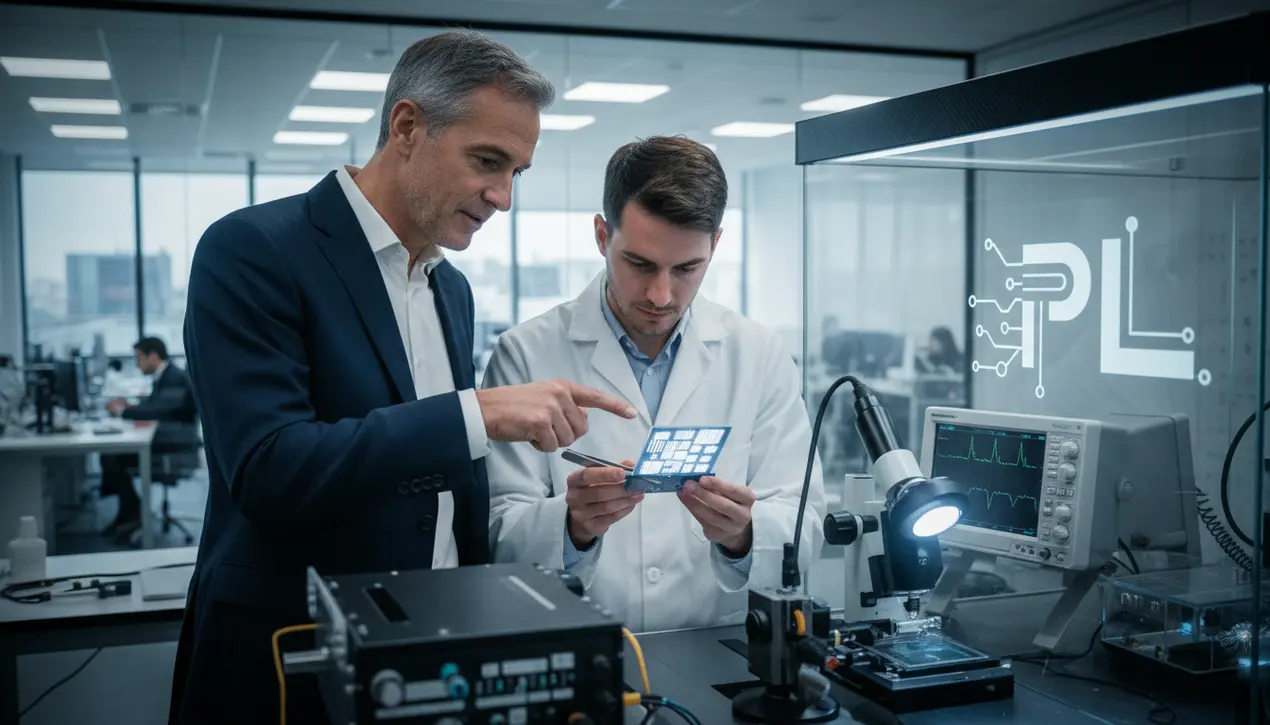
AIchips & hardwareAI Accelerators
Ex-Intel CEO invests in PowerLattice's power-saving chiplet.
DA
Daniel Reed
2 hours ago7 min read
In a move that signals a powerful vote of confidence from the industry's old guard, former Intel CEO Bob Swan has placed a strategic bet on PowerLattice, a stealthy 2023 startup founded by a formidable cadre of electrical engineering veterans from Qualcomm, NUVIA, and Intel itself. The core of their appeal? A genuinely groundbreaking architectural approach, centered on an advanced chiplet design, that promises to slash the power consumption of complex processors by more than fifty percent—a figure that, if proven in widespread deployment, doesn't just represent an incremental gain but a fundamental leap forward.For decades, the semiconductor industry has been shackled by the tyranny of Dennard scaling, where the power density benefits of shrinking transistors began to vanish, leading to the 'power wall' that now constrains everything from sprawling data centers to the smartphone in your pocket. PowerLattice's purported innovation appears to move beyond simply tweaking process nodes or clock speeds; it suggests a re-imagining of how computational units, or chiplets, communicate and share workloads on a package, potentially minimizing the colossal energy waste that occurs during data movement, which has become the dominant power consumer in modern systems-on-chip.This isn't merely an engineering curiosity; it's a potential paradigm shift with staggering implications. Consider the environmental calculus: data centers, the beating hearts of our digital world, already consume an estimated 1-2% of global electricity, a figure projected to skyrocket with the AI boom, where training a single large language model can emit as much carbon as five cars over their entire lifetimes.A fifty percent reduction at the silicon level would cascade through the entire stack, enabling more powerful AI training clusters with a fraction of the cooling infrastructure, extending battery life in edge devices from days to weeks, and perhaps even making previously untenable applications—like sophisticated real-time AI in remote sensors—suddenly feasible. Bob Swan's investment is particularly telling; having steered Intel through a period of intense competition and manufacturing challenges, his capital is not just monetary but symbolic, an endorsement that this startup's claims have passed the most rigorous technical due diligence.The involvement of architects from NUVIA—a company founded on similar power-efficiency promises for the data center before its acquisition by Qualcomm—adds further credibility, suggesting PowerLattice may have unlocked a proprietary method for coherently linking heterogeneous chiplets with unprecedented efficiency. However, the path from promising prototype to industry-standard technology is littered with the ghosts of revolutionary architectures that failed to achieve commercial escape velocity.The semiconductor ecosystem is a brutal landscape of entrenched IP, established design tools, and immense fabrication costs. For PowerLattice to succeed, it must not only demonstrate its technology in a lab but also build an ecosystem of partners, convince skeptical designers to adopt a new methodology, and navigate the labyrinthine supply chains of global chip production.The real test will come when its chiplets are integrated into a commercial product and subjected to the real-world, chaotic workloads of enterprise servers or consumer devices, where theoretical efficiency often meets the messy reality of software optimization and thermal throttling. Yet, the potential payoff is so colossal that the risk is clearly worth taking.In an era defined by the computational hunger of generative AI and the physical limits of Moore's Law, the next great fortunes in tech will be made not by those who make chips slightly faster, but by those who make them radically more efficient. PowerLattice, with its all-star founding team and now a heavyweight backer in Swan, is positioning itself at the very epicenter of that next frontier, aiming to do for power consumption what the integrated circuit did for size: render a fundamental constraint nearly obsolete.
#PowerLattice
#chiplet
#power saving
#investment
#Pat Gelsinger
#featured
Stay Informed. Act Smarter.
Get weekly highlights, major headlines, and expert insights — then put your knowledge to work in our live prediction markets.
Comments
Loading comments...
© 2025 Outpoll Service LTD. All rights reserved.